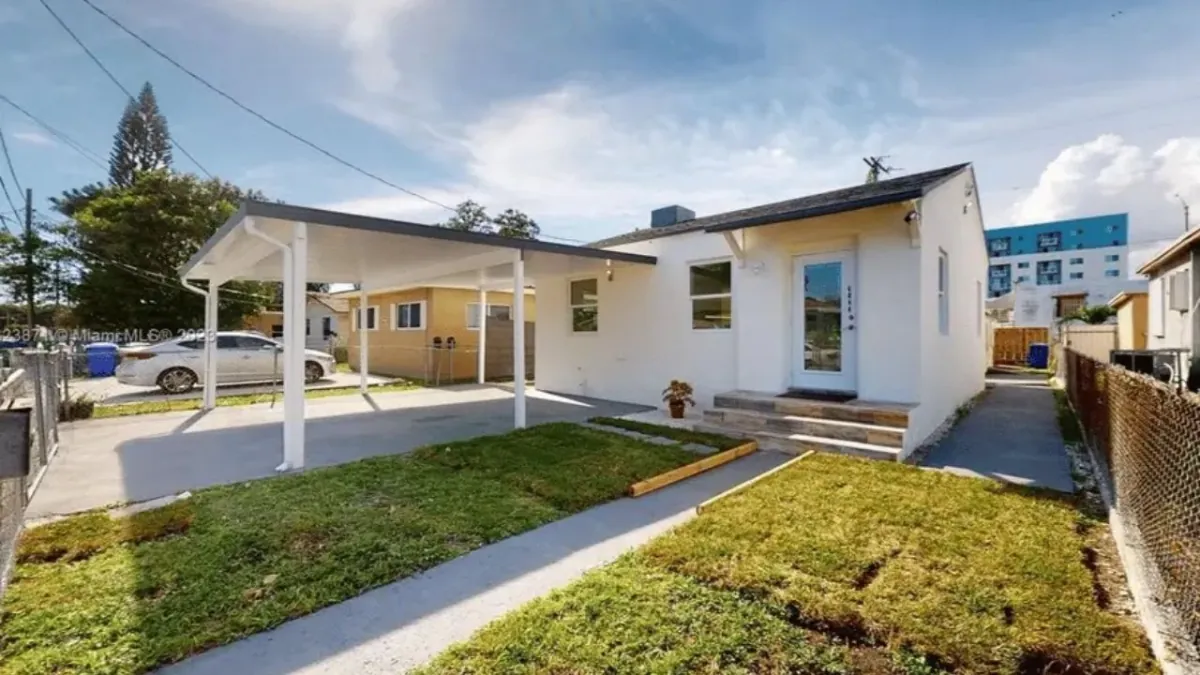With a population exceeding 2.7 million, Miami-Dade County is a dynamic and diverse area located in South Florida. This region is famous for its lively beaches, cultural landmarks, and exciting nightlife.
There are some areas in the county that do not provide the same level of safety and peace as others. These particular neighborhoods struggle with increased crime and violence rates, making them less safe for both inhabitants and tourists.
What are the most dangerous neighborhoods in Miami-Dade County?
According to data from the FBI, the neighborhoods of Overtown, Opa-Locka, Downtown, Wynwood, and Model City have been identified as the most perilous areas in Miami-Dade County. These regions show significantly higher rates of property and violent crimes per capita, exceeding the Miami average by 96% to 295%.
Crime Grade, a platform that provides crime statistics and maps, reports that Miami-Dade County ranks in the 6th percentile for safety. This indicates that 94% of counties have a lower crime rate while 6% are more dangerous. The county has an average annual crime rate of 83.74 incidents per 1,000 residents.
Why is Model City the most dangerous place to live in Miami-Dade County?
Located in the northwestern quadrant of Miami, Model City, also known as Liberty City, is home to a primarily African American community consisting of approximately 25,000 residents. Sadly, this neighborhood has gained notoriety for its high rates of violent crime and drug-related problems. Additionally, it is regarded as one of the most impoverished areas in the county, with a median household income of $25,895, which is significantly lower than the county’s average of $52,205.
The history of Model City is marred by episodes of social unrest and racial tensions that led to several riots during the 1960s, 1980s, and 1990s. These riots were fueled by deep-seated grievances over police brutality, economic inequalities, and racial bias. Unfortunately, the neighborhood continues to face challenges such as urban decay, insufficient investment, and inadequate public services.
In Model City, the crime rate is quite alarming, with a staggering 173.66 incidents per 1,000 residents. This figure is 295% higher than Miami’s average and 507% higher than the national average. The rate of violent crimes, such as assault and robbery, is equally concerning, standing at 24.86 incidents per 1,000 residents. This is 282% higher than Miami’s average and 462% higher than the national average. Additionally, property crimes in this neighborhood occur at a rate of 148.8 incidents per 1,000 residents, which is 298% higher than the Miami average and 519% higher than the national average. These statistics paint a bleak picture of the crime landscape in Model City.
In Model City, your chances of falling prey to crime are significantly higher, with a probability of 1 in 6, as opposed to 1 in 12 in Miami and 1 in 40 in Florida. If you’re concerned about violent crimes, the odds of experiencing one in Model City are 1 in 40, compared to 1 in 113 in Miami and 1 in 232 in Florida. As for property crimes, your chances of being a victim in Model City are 1 in 7, while in Miami the odds are 1 in 13, and in Florida, it’s 1 in 42.
What are some of the challenges and solutions for improving safety in Model City?
The city of Model City faces a multitude of issues that are responsible for its high crime rates and poor standard of living. Among these challenges are poverty, lack of employment opportunities, limited access to education, drug-related problems, gang activities, concerns regarding law enforcement, and social isolation.
There are a variety of potential solutions that can be explored to promote safety and improve the overall quality of life for residents in Model City.
-
- Expanding economic opportunities and fostering job creation for local residents.
- Providing affordable housing and social services to support low-income families.
- Improving access to quality education and enhancing educational outcomes for children.
- Strengthening community policing efforts and building trust between residents and law enforcement.
- Encouraging community engagement and empowerment through civic organizations and local leadership.
- Supporting programs focused on drug prevention and rehabilitation.
- Investing in urban renewal and beautification projects for public spaces.
Conclusion
To sum up, Model City is regarded as the most hazardous district in Miami-Dade County owing to its elevated levels of crime and violence. Poverty, social obstacles, and a past marred by unrest and tension are some of the issues plaguing the neighborhood. Despite this, there are avenues for constructive transformation and advancement through numerous programs and measures that target the underlying causes of criminal activities and aim to enhance the standard of living for the local populace in Model City.
Also Read:
- This Florida City Named as Top Renter City in Entire Nation
- This city has the Highest Crime Rate in Florida
- This City Has Been Named the Worst City to live in Rhode island



